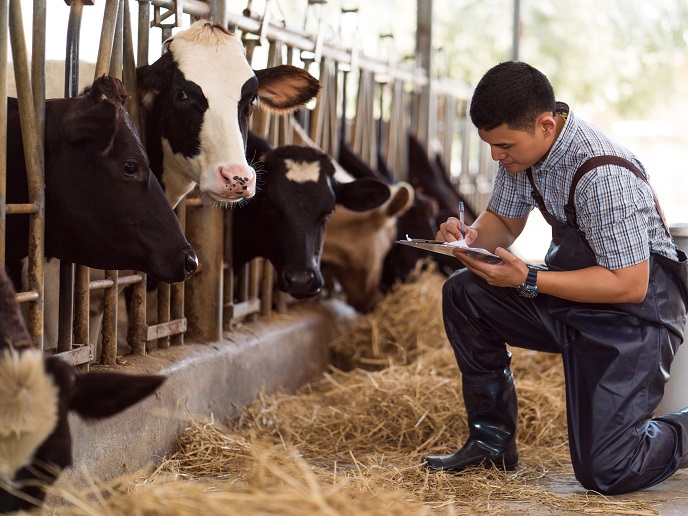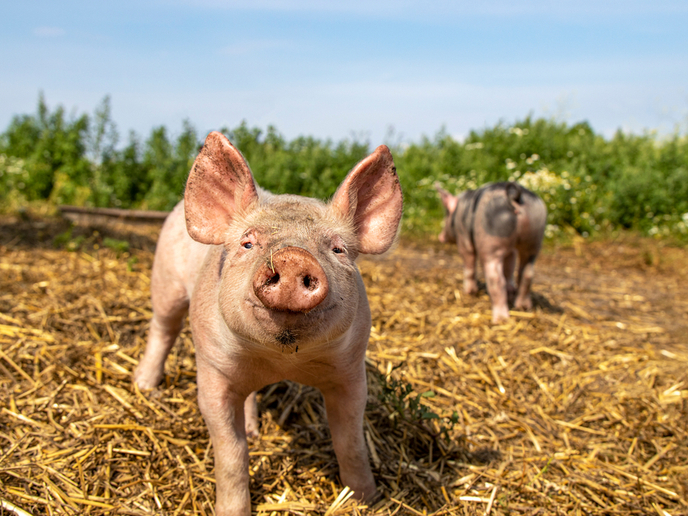Circular agronomics techniques benefit diverse farming scenarios
Agriculture relies on soils with a healthy mix of carbon, nitrogen, phosphorus and potassium. However, agricultural practices, such as the use of fertilisers, are often inefficient. Globally, only about a fifth of nitrogen compounds reach useful products. The remaining 80 % is lost as waste, depleting air, water and soil quality, while threatening biodiversity and contributing to accelerated climate change. Similarly, as phosphate rock is only found in a limited number of countries (Finland has the only significant deposits in the EU), more phosphates are imported to the EU than exported. Owing to current inefficient agricultural practices, large amounts of phosphates also accumulate in water and soil as waste. “Recovery and reuse of nutrients and carbon from different agri-food waste streams reduces dependence on mineral fertilisers and fossil fuels. This is good for the environment, the circular economy and longer-term EU agri-food security,” explains Victor Riau, coordinator of the EU-funded Circular Agronomics (Efficient Carbon, Nitrogen and Phosphorus cycling in the European Agri-food System and related up- and down-stream processes to mitigate emissions) project. The project has trialled a range of circular agronomics techniques across six European case studies, each representing different biogeographical conditions and so challenges faced by that region’s agri-food sector. The team conducted impact assessments of nitrogen, phosphorus and carbon stocks, flows and emissions, for the six regions, as well as surveying and interviewing 149 farmers and 5 000 consumers, to better understand their relationship with agri-food issues and acceptance of circular agronomic techniques. “Our evaluations of possible agri-food solutions from both an environmental (using Life Cycle Assessment) and socio-economic perspective will offer evidence-based support for the adoption of some of these circular nutrient management practices,” says Riau from the Institute of Agrifood Research and Technology in Spain.
Closing loops across six case studies
The project’s case studies represent a range of climates – Mediterranean Catalonia (Spain) and Emilia-Romagna (Italy), continental Brandenburg (Germany), Alpine Lungau (Austria), Atlantic Gelderland (Netherlands) and hot continental South Moravia (Czechia) – each with unique farming characteristics and challenges. Taking dairy farming as an example, Mediterranean Catalonia represents an intensive farming approach to ruminant livestock and fodder crops production. Applying precision feeding techniques in a dairy farm, the project reduced ammonia nitrogen excretion by about 20 %, while reducing ammonia emissions during manure storage. The manure was then used to fertilise ryegrass fields, improving crop protein content. Meanwhile, the Alpine Lungau case study was an extensive farming approach. The effects of two feeding strategies on dairy cow methane production were tested – a conventional one (grass silage, maize silage, hay, around 25 % concentrates) and the so-called ‘Lungau’ diet (grass silage, hay, around 10 % concentrates). The latter was shown to reduce methane emissions by 23 %, as measured by a respiration chamber. Further innovations across all the case studies also recovered nitrogen, phosphorus and carbon from livestock manure and food waste. For example, bio-based fertilisers were obtained from digestates by separating manure into solid and liquid. “Solar drying and acidifying the solid fraction recovered about 1.3 times more ammonia nitrogen, reducing ammonia emissions by 72-94 % during the drying process. The liquid fraction was microfiltered for liquid fertiliser and scrubbed to recover nitrogen as ammonium sulphate, an inorganic fertiliser. When tested in crops rotations, the resultant bio-based fertilisers gave the same crop yields as mineral fertilisers,” adds Riau. Using hyperspectral imaging techniques, the team has also been analysing the soil profiles of the case studies, mapping carbon, nitrogen and phosphorus distribution, stability and bioavailability, after applying various recovery techniques.
Benefiting a menu of EU strategies
The Circular Agronomics project aligns with many European strategies such as Farm to Fork (with its target of reducing nutrient losses along the agri-food chain by 50 % by 2030) and the Green Deal, alongside the nitrate directive and the new fertilising products regulation. After analysing current policies, the project’s agri-food policy recommendations (pending publication) highlight support for farmers to invest in sustainable technologies and practices, alongside increased access to information and more consumer awareness. “Our focus now is to get the technologies to market. Some, such as the manure and digestate solar drying and the liquid fraction microfiltration, are almost ready. Others need to be further optimised and scaled up,” concludes Riau.
Keywords
Circular Agronomics, fertiliser, nutrient, agri-food, nitrogen, carbon, phosphorus, farming, crops, livestock, circular economy







